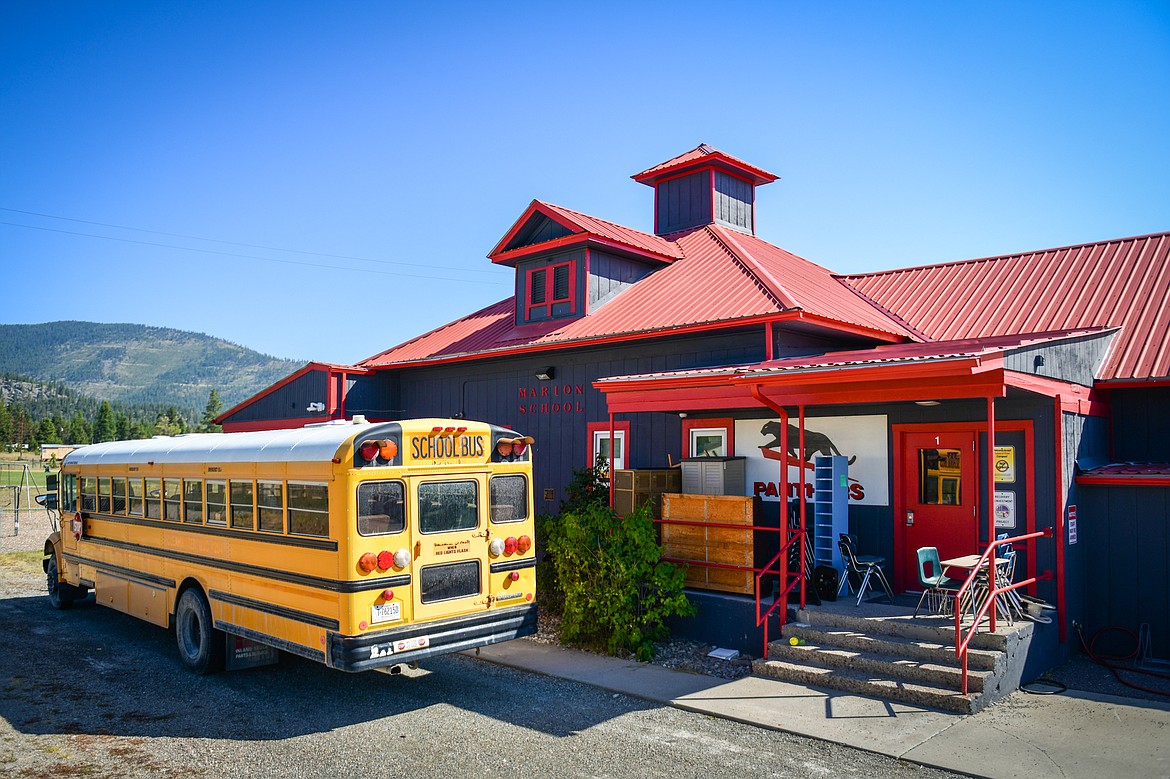Lawmakers considering short-term help for Montana school districts
MISSOULA — The financial challenges facing Montana’s 397 school districts — including how the state determines funding for each — are numerous and often complex.
As many districts face budget cuts and teacher shortages, lawmakers are crafting potential short-term fixes to consider during the 2025 legislative session, said Rep. David Bedey, the Republican chair of the education interim budget committee. But “the real action” on the state’s funding formula will be during the upcoming decennial study of school funding, he said.
“Looking at the long-term, the funding formula, this will not be resolved in the next legislative session,” he said. “One ray of hope, several of us are working on legislation for the next session adjusting for inflation.”
Support Local News
You have read all of your free articles this month. Select a plan below to start your subscription today.
Already a subscriber? Login
Daily Inter Lake - everything
Print delivery, e-edition and unlimited website access
- $26.24 per month
Daily Inter Lake - unlimited website access
- $9.95 per month

